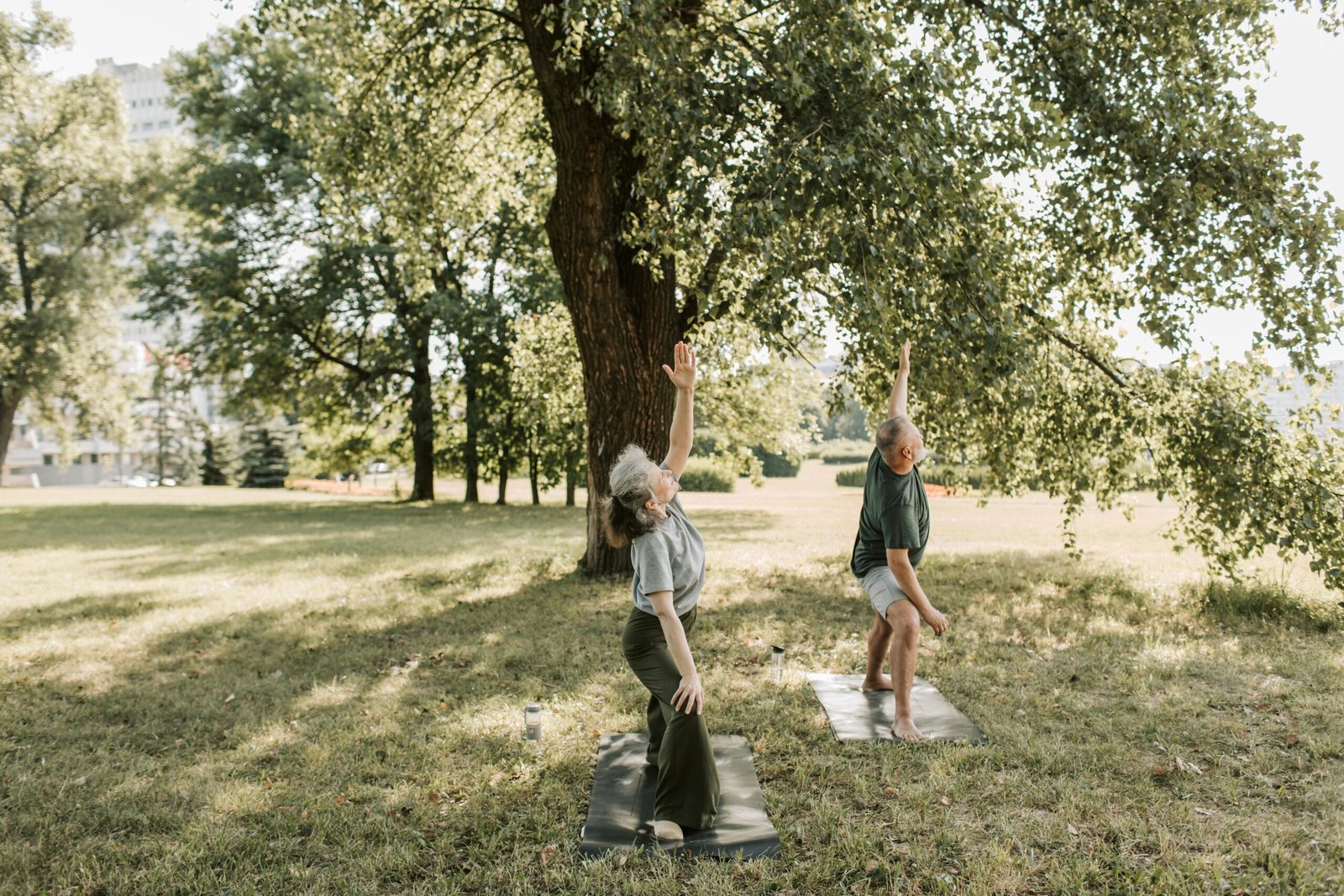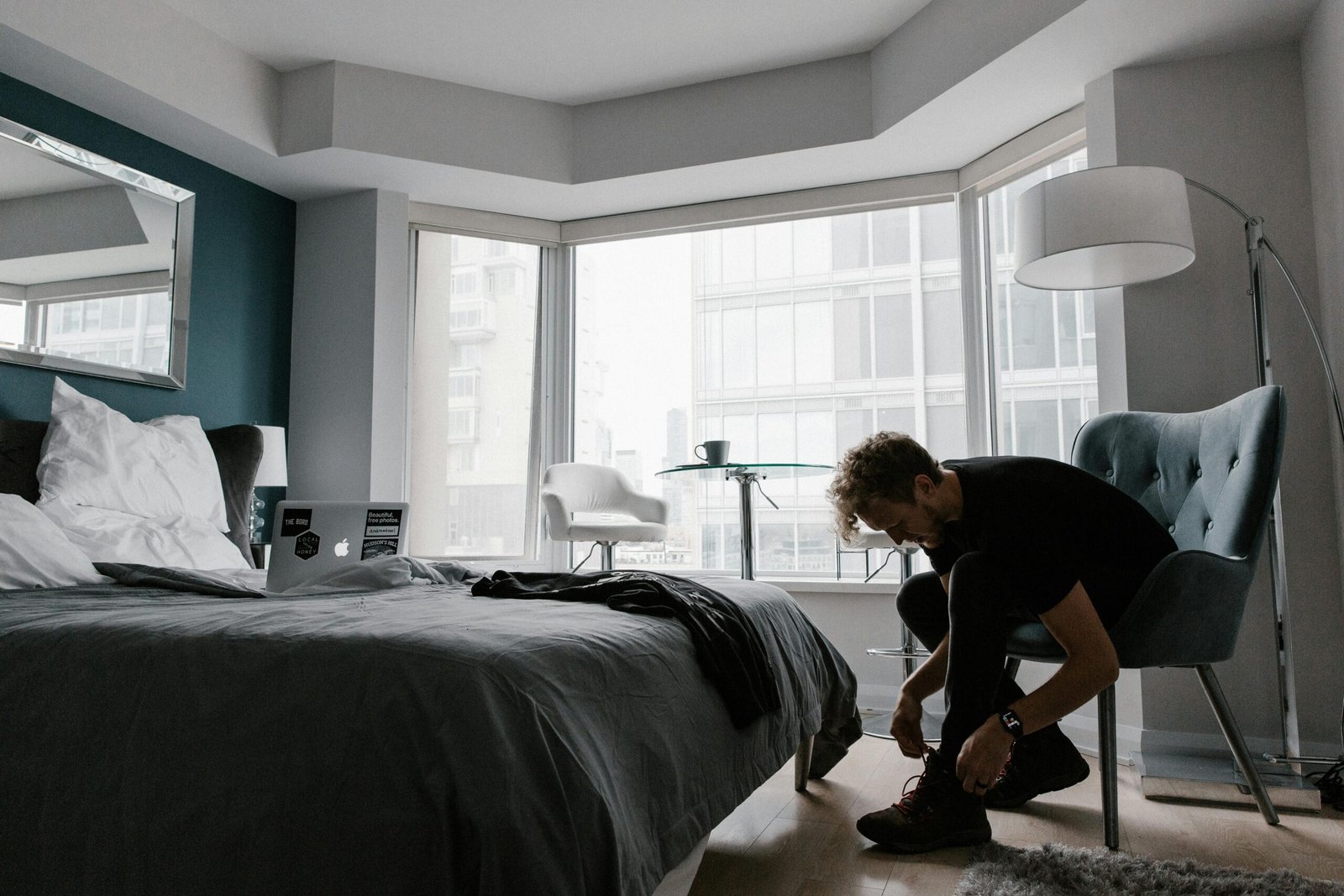Are you tired of the crowded gym, long commutes, or expensive memberships? Or maybe you just want to save time while still getting a great workout in the comfort of your home? No worries! You’re not alone. DIY home fitness routines have surged in popularity, and for good reason—they’re convenient, affordable, and customizable to fit your needs.
Whether you’re a beginner looking to start your fitness journey or a seasoned fitness enthusiast aiming to enhance your home routine, this guide will provide you with everything you need to create an effective DIY fitness plan. Let’s dive into the world of home workouts!
1. Why Choose DIY Home Fitness Routines?
You might be asking, “Why should I bother with home fitness?” Well, there are plenty of reasons why going DIY for your fitness routine is an excellent choice:
- Cost-Effective: You don’t need to spend money on gym memberships or expensive equipment. Many home workouts require minimal or no equipment.
- Flexibility: You can exercise whenever you want, and no need to schedule around gym hours or commutes.
- Privacy: For those who feel self-conscious in a gym setting, working out at home offers a comfortable and private environment to focus on your progress.
- Customization: You can create a routine that perfectly fits your goals, whether you’re looking to build strength, lose weight, improve flexibility, or enhance overall fitness.
2. The Basics of Building a Home Fitness Routine
Before jumping into specific exercises or routines, it’s important to understand the core principles of building an effective home fitness routine. Here’s a simple breakdown:
Assess Your Fitness Level
If you’re a beginner, start slow and gradually increase intensity as your body adapts. If you’re more advanced, challenge yourself with higher-intensity workouts, more sets, and heavier resistance.
Set Realistic Goals
What are you trying to achieve? Do you want to lose weight, build muscle, improve flexibility, or increase endurance? Set clear, realistic goals, and structure your routine around them.
Incorporate Variety
A good fitness plan includes a balance of cardio, strength training, and flexibility work. This helps prevent boredom and ensures you target different muscle groups.
Rest and Recovery
Rest days are just as important as workout days. They give your muscles time to recover and prevent injury. Aim for at least one to two rest days each week.
3. Essential Home Workout Equipment (Optional)
While you don’t necessarily need expensive equipment to work out at home, a few simple tools can enhance your routines and make your workouts more effective. Here are some home gym essentials:
- Dumbbells or Resistance Bands: These are great for adding resistance to strength exercises.
- Yoga Mat: For comfort during floor exercises, stretching, or yoga.
- Jump Rope: A great, low-cost tool for improving cardiovascular fitness.
- Kettlebells: Excellent for full-body workouts, especially for explosive strength and endurance.
- Medicine Ball or Stability Ball: Perfect for core exercises and increasing balance.
While these items can be useful, many effective workouts don’t require any equipment at all. Bodyweight exercises can provide just as much of a challenge.
4. Key Components of a DIY Home Fitness Routine
Now that you know the basics, let’s break down the key components of a well-rounded home fitness routine. These categories are essential for ensuring you target all aspects of fitness.
Warm-Up
A good warm-up is crucial for preventing injury and preparing your muscles for the workout ahead. Spend 5-10 minutes warming up, focusing on dynamic stretches and light cardio movements. Some examples include:
- Jogging in place
- Jumping jacks
- Arm circles
- Leg swings
Cardiovascular Exercise
Cardio is essential for improving heart health, burning calories, and boosting endurance. You don’t need a treadmill to get a good cardio workout—try these options:
- Bodyweight exercises: Burpees, mountain climbers, jumping jacks, and high knees are excellent for cardio.
- Jump rope: A great, full-body workout that’s both fun and effective.
- Running or walking: If you have a space to jog around or live near a park, running or walking is an accessible cardio workout.
Strength Training
Strength training is key for building muscle, increasing metabolism, and boosting overall strength. You don’t need to lift heavy weights to see results. Here are some great bodyweight exercises for building strength:
- Push-Ups: Great for working the chest, shoulders, and triceps.
- Squats: An excellent lower body exercise that targets the quads, hamstrings, and glutes.
- Lunges: Helps strengthen your legs and improve balance.
- Planks: A core exercise that also works your shoulders and back.
If you have dumbbells or resistance bands, you can incorporate exercises like bicep curls, tricep extensions, or rows to target specific muscle groups.
Flexibility and Mobility
Incorporating stretching and mobility work will increase flexibility, reduce muscle tightness, and improve overall movement. Some key exercises include:
- Yoga: Great for stretching and improving flexibility.
- Foam rolling: Helps release muscle tension and improve mobility.
- Static stretches: Hold stretches for 20-30 seconds to target specific muscle groups.
A simple 5-10 minute stretch routine after each workout can make a big difference.
Cool-Down
Just like a warm-up, cooling down helps to lower your heart rate and prevent injury. Include gentle stretching or light cardio at the end of your workout to help your muscles relax and recover.
5. Sample DIY Home Fitness Routine
Here’s a sample workout for a total-body routine that you can do in the comfort of your home. This routine requires no equipment and should take around 30 minutes.
Warm-Up (5-10 minutes):
- Jog in place – 1 minute
- Jumping Jacks – 1 minute
- Arm Circles – 1 minute
- Leg Swings – 1 minute
Circuit (Repeat 2-3 times):
- Push-Ups – 10-15 reps
- Squats – 20 reps
- Planks – Hold for 30-60 seconds
- Lunges – 10 reps each leg
- Mountain Climbers – 20 reps
Cool-Down (5-10 minutes):
- Hamstring Stretch – Hold for 30 seconds
- Chest Stretch – Hold for 30 seconds
- Quadriceps Stretch – Hold for 30 seconds each leg
- Child’s Pose – 1 minute
6. How to Track Progress in Your DIY Home Fitness Routine
Tracking your progress is key to staying motivated and ensuring you’re improving. Here are a few ways you can monitor your fitness journey:
Take Photos
Before you start your home fitness routine, take “before” photos, and then take photos every few weeks to track changes in your body shape and tone.
Keep a Fitness Journal
Write down your workouts, how you felt, and any changes in strength or endurance. This will help you notice trends and celebrate small victories along the way.
Track Performance
Track the number of sets and reps you’re doing for strength exercises. If you’re able to increase the reps or add more weight over time, you’re making progress.
Use Fitness Apps
There are plenty of apps available to help you plan, track, and log your workouts. Apps like MyFitnessPal, Strava, or Nike Training Club offer excellent resources and allow you to monitor your routine.
7. Tips for Staying Motivated with DIY Home Fitness
Staying consistent is often the hardest part of any fitness routine. Here are a few tips to keep you motivated:
- Set Specific Goals: Having a clear goal (e.g., doing 30 push-ups in a row or running 5 miles) will give you something to work towards.
- Create a Schedule: Treat your home workouts like a meeting or an appointment. Schedule them in advance and stick to it.
- Mix it Up: Keep things interesting by changing your routine every few weeks. This will prevent boredom and keep your body challenged.
- Reward Yourself: After a successful week of workouts, treat yourself to something small, like a healthy snack or a movie night.
8. Conclusion: Your Fitness Journey Starts Here
DIY home fitness routines offer an incredible opportunity to get in shape and improve your health without ever leaving the house. Whether you’re after strength, flexibility, or just general fitness, you can design a routine that fits your lifestyle and helps you reach your goals.
The key is consistency. Stick to your plan, track your progress, and stay motivated. Over time, you’ll notice improvements in strength, endurance, and overall well-being—and most importantly, you’ll feel good about taking control of your fitness journey.
So, dust off that yoga mat, grab a pair of dumbbells (or just your bodyweight), and get moving. Your fitness routine awaits!
FAQs
1. Do I need equipment to work out at home?
No, many effective home workouts require no equipment at all. Bodyweight exercises like push-ups, squats, and planks can provide a full-body workout. However, basic equipment like dumbbells or resistance bands can enhance your routine if you prefer.
2. How often should I work out at home?
Aim for at least 3-5 days of exercise per week, depending on your fitness level and goals. You can alternate between strength training and cardio days, with rest or flexibility-focused days in between.
3. Can I build muscle with home workouts?
Yes, you can build muscle with bodyweight exercises, especially if you progressively increase the intensity or use resistance (dumbbells, resistance bands, etc.). For muscle growth, focus on compound movements like squats, push-ups, and lunges, and ensure you’re challenging your muscles consistently.
4. What should I do if I’m a beginner?
Start slow and gradually increase the intensity of your workouts. Focus on mastering basic exercises and building a solid foundation. As you progress, you can increase the difficulty or add more advanced exercises.
5. How can I stay motivated to work out at home?
Create a set schedule, track your progress, and set achievable goals. Mixing up your routine regularly, finding a workout buddy, or rewarding yourself for consistency can also help keep you motivated.




